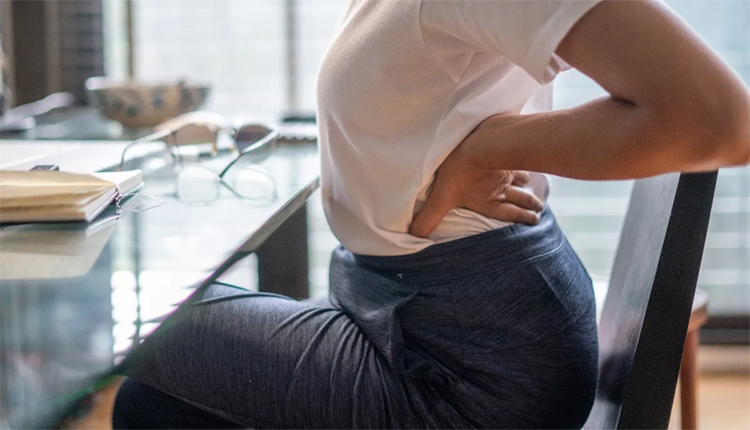London: Following the pandemic, remote working has remained popular, which puts many professionals in front of their computers for extended hours, as the health sector points out several dangers of sitting too much. Of such conditions, one that appears to be getting attention is Dead Butt Syndrome or scientifically referred to as Gluteal Amnesia.
With the increase in remote working, many people find themselves sitting for long hours in a particular position at either their residential homes or the workplace. Not only does this lifestyle erase boundaries between work and home life but also it lacks opportunities for physical activity. People who are locked into this position are in danger of developing Dead Butt Syndrome which will in turn have a rather debilitating effect on their health.
What is Dead Butt Syndrome?
Dead Butt Syndrome is a condition where due to consistent sitting for many hours the buttock muscles cease to function or they tend to learn they do not have to work. Another condition familiar as Gluteal Amnesia, affects the elements of the hips and the areas around them by leaving them numb and weak. In extreme conditions, it may result to inflammation of the Gluteus Medius muscle that restricts full body mobility and can cause severe pain because of poor blood circulation.
Signs of Dead Butt Syndrome
Individuals suffering from Dead Butt Syndrome may experience a range of symptoms, including:
Severe Pain in the Back, Knees, and Ankles: Crone noted that, constituting persistent discomfort in these areas may herald other muscular complications.
Hip Strain: Pain or pulling sensation in the hip joint.
Tingling Sensations in the Lower Back: As for the symptoms, if the nerves are affected you might experience numbness or a tingling sensation.
Numbness, Burning, and Pain Around the Hips: All these symptoms can be directly associated with the Impaired Tissue Perfusion and the Impaired Muscle Contraction health topic.
Measures That Can be Taken in Order to Avoid Dead Butt Syndrome
To combat Dead Butt Syndrome, experts recommend the following strategies:
Use Stairs Instead of Lifts: One must involve more body activities in workout sessions so as to help maintain the muscles active.
Take Regular Breaks: Moving, basially or taking one’s feet off the table every half an hour to forty-five minutes can minimize muscle soreness as well as enhance blood circulation.
Vary Your Sitting Position: It is recommended to change the sitting position to ensure that some of these muscles do not fall into deep relaxation.
Engage in Daily Walking: Ideally, one should try to take a 30-minute daily walk as it has a positive impact on every muscle of the body.
Move During Work Hours: Employers should provide recommendations that include taking short strolls in the middle of several hours of sitting at the office to avoid muscular problems.
With this type of arrangement becoming the trend, it is important to remain conscious of one’s health. To retain muscle function and avoid problems related to stasis in the long term, one should make it a practice to move and be conscious of the symptoms of Dead Butt Syndrome.
What health officials are saying is that if these problems are tackled at their initial stage, then the overall wellness and productivity and efficiency at the workplace is boosted.



Comments are closed.